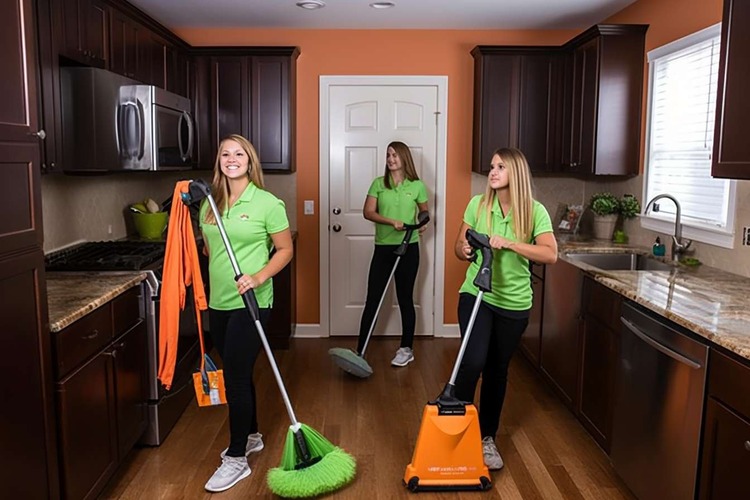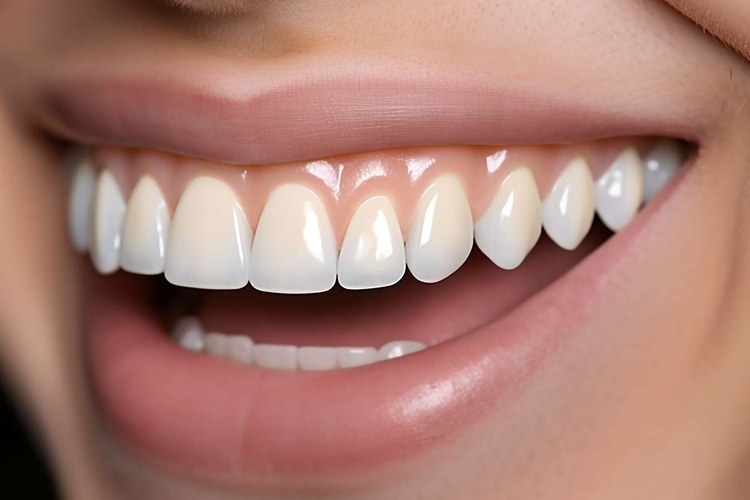Selecting Cleaning Services: What to Expect at Home
A spotless space improves comfort, productivity, and reduces daily stress. Whether you need regular upkeep or a deep clean before a move, professional cleaning services save time and deliver consistent results. This guide covers what cleaners typically do, how to vet local providers, what to watch for on booking sites, eco-friendly options, and how to prepare your home or workplace for an efficient visit. Learn how to compare checklists, avoid hidden fees, and set expectations so you get reliable cleaning tailored to your needs.

What professional cleaners usually include
Cleaning companies commonly offer tiered packages so customers can choose the level of service that fits their needs. A standard residential service generally covers surface dusting, vacuuming and mopping floors, sanitizing bathrooms (toilets, sinks, showers), wiping down kitchen counters, emptying trash, and spot-cleaning mirrors and fixtures. A deep clean goes further, often tackling baseboards, interior cabinet or appliance cleaning on request, and areas with built-up grime that are skipped during routine visits.
Beyond general home cleaning, many firms provide specialized services such as move-in/move-out cleans, post-construction debris removal, and commercial janitorial work. Commercial contracts often include high-traffic sanitation, restocking supplies, and scheduled floor maintenance like buffing or strip-and-wax. Reputable providers supply a clear, itemized checklist in advance and flag which tasks are optional add-ons so you can compare offers apples-to-apples and avoid surprises about scope or timing.
What to do if you see bulk_create_keyword on a site
If you find the phrase bulk_create_keyword on a booking page or service list, consider it a technical placeholder rather than a real service category. It typically appears when a content management or scheduling system exposes an internal label that should have been replaced with user-friendly text. In short, it signals a copy or site-maintenance oversight.
This kind of mistake doesn’t necessarily mean the cleaners are unskilled, but it does suggest the website needs attention. To proceed, ask the company for a plain-language service list or a room-by-room checklist. Transparent businesses will clarify what they intended to list and will correct their site if necessary.
How to find trustworthy local cleaners
Look for providers that balance trained teams, consistent checklists, and prompt customer support. When researching local options, check for:
- Reviews that emphasize reliability, punctuality, and attention to detail
- Proof of insurance and bonding when relevant
- Staff training information and whether workers are employees or contractors
- A clear satisfaction policy and procedures for re-cleans or corrections
- Whether the company supplies its own equipment and cleaning products
- Flexible scheduling (one-time, weekly, bi-weekly, monthly) and transparent rescheduling rules
Ask how they monitor quality—through spot checks, supervisor inspections, or customer feedback loops—and whether you can request the same cleaner or team for consistency. For businesses, confirm that the staff understands your industry requirements, whether food-service, healthcare-adjacent offices, or retail environments.
Eco-friendly cleaning options and safety
Many providers now offer green cleaning that reduces harsh chemicals and overpowering scents while still removing dirt and residues. If sustainability matters to you, request information on third-party product certifications, dilution and usage practices, and whether they use reusable microfiber cloths to cut waste. Good companies clearly label stored products and can provide Safety Data Sheets on request.
If someone in your home has allergies, asthma, or chemical sensitivities, tell the company before the first visit. Most providers can swap in gentler solutions, avoid specific ingredients, or rely more on mechanical methods such as microfiber cloths and HEPA-filtered vacuums. For workplaces, verify compliance with safety protocols, access procedures, and preferred service hours to minimize disruption.
Preparing your space so the visit runs smoothly
Small preparations let cleaners maximize value during their time on-site. Clear clutter from countertops, secure valuables, and set aside any items marked “do not clean.” If you have pets, arrange their safety during the service window and provide any relevant instructions. Give clear access guidance, parking details, and alarm codes securely.
Tell the team your priorities—bathrooms first, then kitchen, then floors, for example—and highlight any surfaces that need special care, such as natural stone that requires pH-neutral cleaners. Time estimates depend on home size, condition, and crew size; many providers can give a range after a quick questionnaire or walkthrough. For recurring visits, match frequency to your lifestyle: weekly for heavy use, bi-weekly for steady maintenance, or monthly deep cleans if you do light upkeep between visits.
Scheduling, communication, and avoiding misunderstandings
Clear communication avoids last-minute surprises. Confirm the appointment window, the names of who will arrive, and what equipment they bring. Ask how they handle delays due to weather or traffic and which channel they use for updates—text, phone, or app. For recurring services, decide whether the same team will return and how substitutes are managed during holidays or staff changes.
Flag exceptions beforehand—delicate collectibles, specialty floors, or unusual surfaces—so cleaners arrive prepared. After the first visit, give concise feedback on what worked well and what to adjust. Reputable companies welcome this because it refines their checklist and improves consistency over time.
Quality practices and hygiene standards to expect
Effective cleaning blends visible results with sound technique. Look for evidence-based practices such as:
- Color-coded cloths that prevent cross-contamination between bathrooms and kitchens
- Systematic top-to-bottom, left-to-right workflows to reduce missed areas
- HEPA-filtered vacuums to capture fine particles
- Fresh mop heads and laundered cloths per visit or per area
These routines are especially important in high-touch spots like doorknobs, light switches, and faucet handles. Routine cleaning isn’t the same as specialized disinfection, but good habitual practices reduce soil transfer and help maintain a healthier environment between deeper sanitizing services.
Conclusion
The most successful cleaning relationships have clear scope, safety protocols, and documented standards. Favor local providers that publish detailed checklists, communicate quickly, and can show training and insurance information. If you encounter a placeholder term like bulk_create_keyword on a website, ask for clarification—it’s usually a labeling error. With the right expectations and a little preparation, professional cleaners can deliver consistent, high-quality results tailored to your space.






